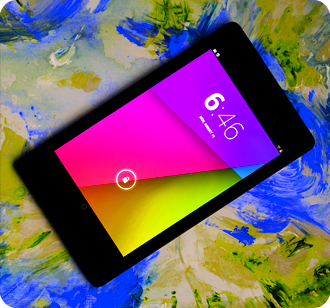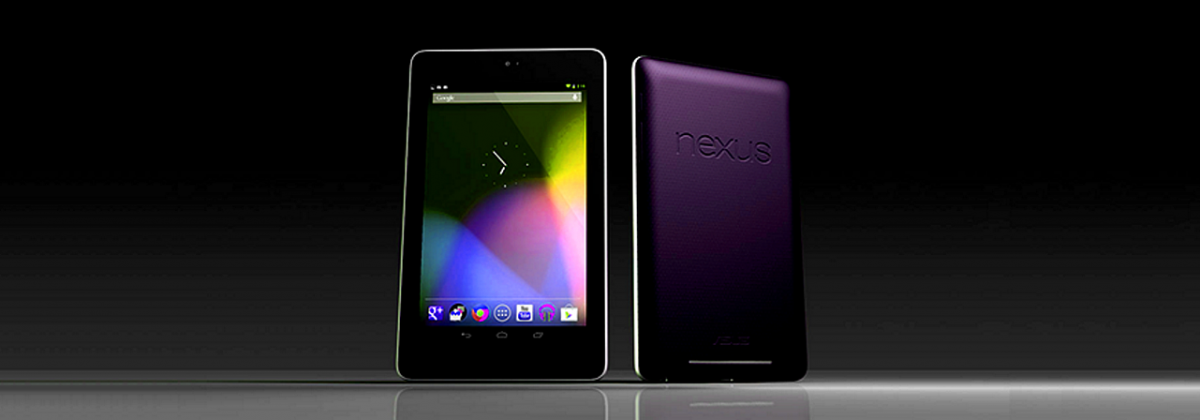In January, I reviewed the Google Nexus 7 on my Extreme BYOD blog. I thought it had a lot of promise, but was a “work in progress”. This past summer, Google and Asus released a new and improved version of the Nexus 7. I had 2 major issues with it, and both of them were dealt with.
The new 2013 edition of the Nexus 7 is a classic example of winning on points; Google has designed a terrific BYOD tablet.
My biggest gripe about the Nexus 7 was the lack of a VGA out. When I enter a meeting with a 7 inch tablet and in less than a minute I’ve got a PowerPoint presentation projected on the screen, I leave them drooling. It’s MacGyver meets James Bond. The 2013 Nexus 7 supports VGA out. You just buy a SlimPort to VGA adapter for $24.95 on Amazon. I applaud this upgrade, it puts the Nexus 7 in a class of its own.
The new Nexus 7 packs a 5 megapixel rear camera in addition to the 1.2 megapixel front camera. Impressive. The ability to take pictures from both sides is a huge plus. If I had to choose which camera would have better resolution, I’d go with the rear camera. The front camera is for personal profile shots and 1.2 megapixels is quite fine for those. When I’m in a meeting or presentation, I just “lift and click”.
 With so many new tablets released on a monthly basis, the goal is to win on points, not by knockout. The 2013 Nexus 7 is a great example of gradual – but important – technical improvements.
With so many new tablets released on a monthly basis, the goal is to win on points, not by knockout. The 2013 Nexus 7 is a great example of gradual – but important – technical improvements.
As they say in boxing, “the new Nexus 7 weighs in at 299 grams.” That’s 41 grams less than the earlier model, which weighed 340 grams. That’s a 12% decrease in weight. The new Nexus 7 has improved resolution – 1920 x 1200 pixels as opposed to 1280 x 800 pixels. Battery capacity is the one thing that didn’t improve. It went from 4325 mAh to 3950 mAh. That’s the price we pay for going from a width of 10.45 mm to 8.65 mm.
And what about the almighty processing power? The new Nexus 7 takes us from a quad core 1.2GHz to a quad core 1.5GHz. RAM is doubled to 2GB. You can choose between 16GB and 32GB of storage space. (The 2012 Nexus 7 offered 8, 16 and 32GB versions.)
I certainly don’t expect to discover the “holy grail” in every yearly upgrade. If you own a 2012 Nexus 7 and don’t need the VGA out support or the rear camera, you should stick with your wonderful tablet. No one should spend $300 – $400 for an extra 300 MHz of processing power. In fact, a good device should last you 2-3 years. But not for me – I’m already looking forward to buying and reviewing the 2014 Nexus 7!










